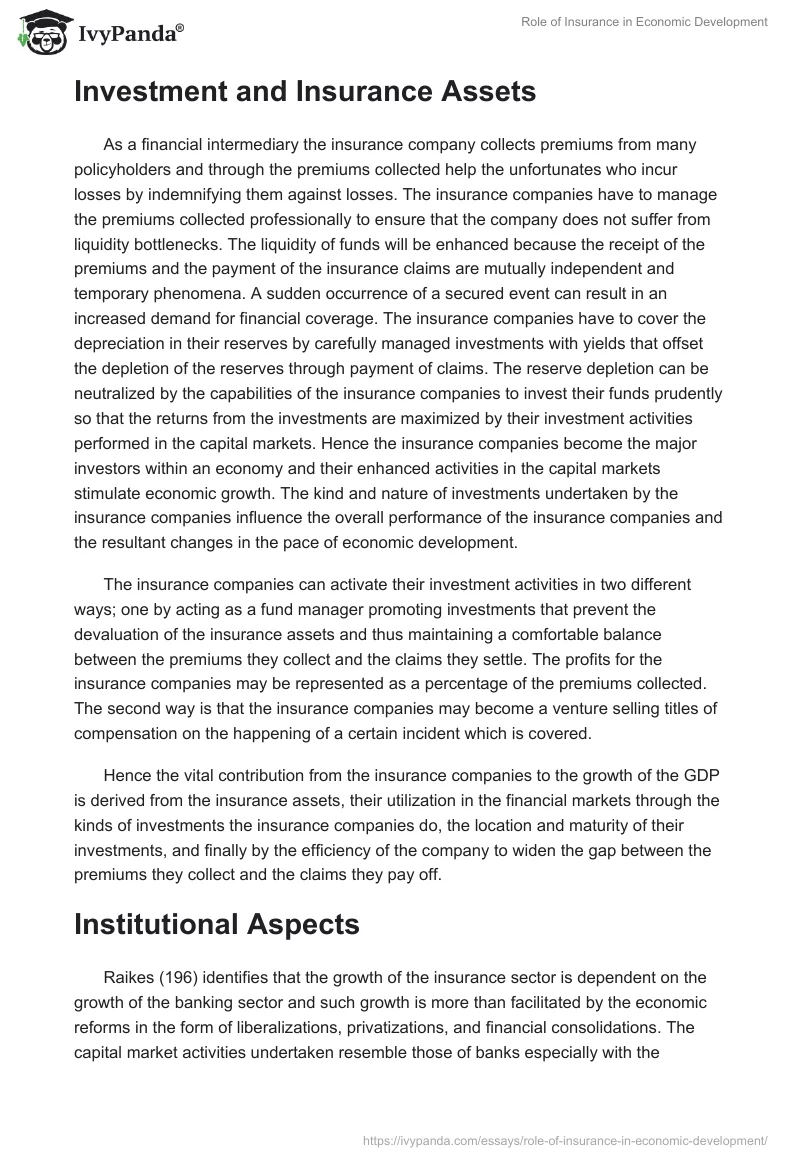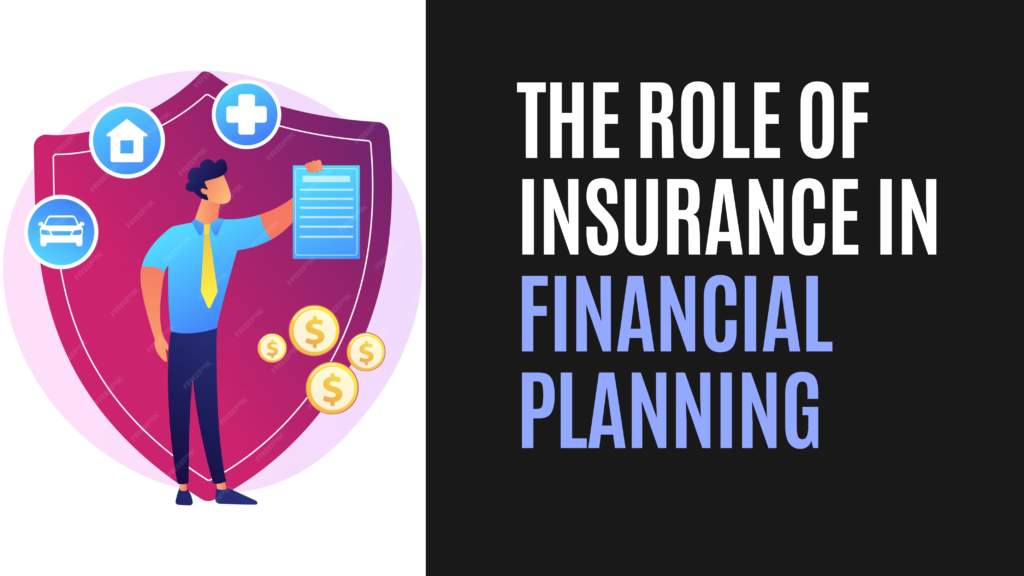Things about Pacific Prime
Things about Pacific Prime
Blog Article
Rumored Buzz on Pacific Prime
Table of ContentsThe Ultimate Guide To Pacific PrimeNot known Facts About Pacific PrimeAn Unbiased View of Pacific PrimeExamine This Report about Pacific Prime
In the majority of states, the insurer is required to send you a copy of the changes to your plan. It is essential that you check out Recommendations or Bikers so you comprehend exactly how your plan has altered and if the policy is still ample to meet your needs. To get a duplicate of your insurance coverage plan, please call your insurance representative or company.
The Institute of Medicine (IOM) Committee on the Consequences of Uninsurance launches a prolonged exam of proof that addresses the significance of medical insurance protection with the magazine of this report. Protection Matters is the initial in a collection of 6 records that will be issued over the following 2 years documenting the reality and effects of having an estimated 40 million individuals in the USA without medical insurance coverage.

Some Known Factual Statements About Pacific Prime
The goal of this series of researches is to refocus policy focus on a longstanding issue. Following the longest financial growth in American background, in 1999, an estimated one out of every six Americans32 million grownups under the age of 65 and even more than 10 million childrenremains uninsured (Mills, 2000).

Ten percent of the populace accounts for 70 percent of healthcare expenditures, a relationship that has continued to be continuous over the previous 3 years (Berk and Monheit, 2001) - group insurance plans. Thus wellness insurance policy proceeds to serve the function of spreading out danger also as it increasingly finances routine care. From the viewpoint of healthcare companies, insurance carried by their clients assists safeguard an income stream, and neighborhoods gain from monetarily viable and stable healthcare experts and organizations
Federal government supplies health and wellness insurance coverage to populations whom the private market may not serve successfully, such as disabled and seniors, and populaces whose access to healthcare is socially valued, such as kids and expecting ladies. The best ends of health insurance coverage for the individual and communities, consisting of work environment neighborhoods of workers and companies, are improved wellness end results and high quality of life.
The Definitive Guide for Pacific Prime
Workers rate health and wellness insurance policy initially without a doubt in importance amongst all the benefits supplied in the work environment (Salisbury, 2001). There have actually been sizable investments of individual and public funds to provide wellness insurance, several people still have no insurance coverage. In spite of substantial reporting of survey searchings for and healthcare research study results, the basic public stays overwhelmed and misinformed regarding Americans without medical insurance and the ramifications of lacking coverage.

Without doubt, the complexity of American health and wellness treatment funding mechanisms and the wealth of resources of details add to the general public's confusion and skepticism regarding wellness insurance stats and their analysis. This record and those that will follow goal to boil down and present in easily easy to understand terms the extensive research study that bears upon concerns of medical insurance protection and its significance.
Fifty-seven percent of Americans surveyed in 1999 thought that those without health insurance are "able to get the care they need from physicians and health centers" (Blendon et al., 1999, p. 207). In 1993, when nationwide focus was concentrated on the troubles of the uninsured and on pending wellness treatment regulation, simply 43 percent of those polled held this belief (Blendon et al., 1999).

They likewise obtain fewer precautionary services and are less most likely to have regular treatment for persistent conditions such as high blood pressure and diabetes. Chronic diseases can lead to pricey and disabling complications if they are not well handled (Lurie et al., 1984; Lurie et al., 1986; Ayanian et al., 2000). One national survey asked greater than 3,400 grownups regarding 15 very significant or somber conditions.
The 7-Minute Rule for Pacific Prime
Additional proof exists later on in this phase in the discussion of insurance coverage and access to healthcare. https://pxhere.com/en/photographer/4223924. People without medical insurance are young and healthy and choose to do without protection. Almost fifty percent (43 percent) of those checked in 2000 believed that people without health insurance policy are most this website likely to have illness than people with insurance
Voters and policy manufacturers in focus group conversations identify those without insurance as youths who have the chance to be covered and feel they do not need it (Concierge Novelli, 2001). Compared to those with a minimum of some private protection, the uninsured are less most likely to report being in superb or great wellness (Company for Medical Care Research and High Quality, 2001).
SOURCE: Facility for Cost and Financing Researches, Agency for Health Care Study and Quality, based upon MEPS information. Youthful adults between 19 and 34 are even more likely to lack medical insurance than any type of various other age. This is chiefly due to the fact that they are less commonly qualified for employment-based insurance because of the nature of their work or their short tenure in it.
The understanding that individuals without insurance have better-than-average health complies with from perplexing the relatively young age profile of the uninsured with the much better wellness, typically, of younger persons. This obscures the link between health and wellness standing and medical insurance. For those without access to workplace medical insurance, bad wellness is a possible obstacle to buying nongroup insurance coverage due to the fact that such insurance coverage might be highly priced, exclude pre-existing problems, or be merely unavailable.
Report this page